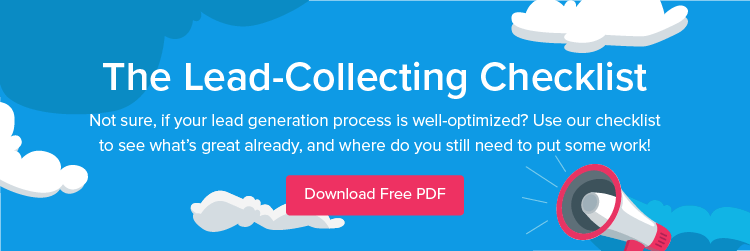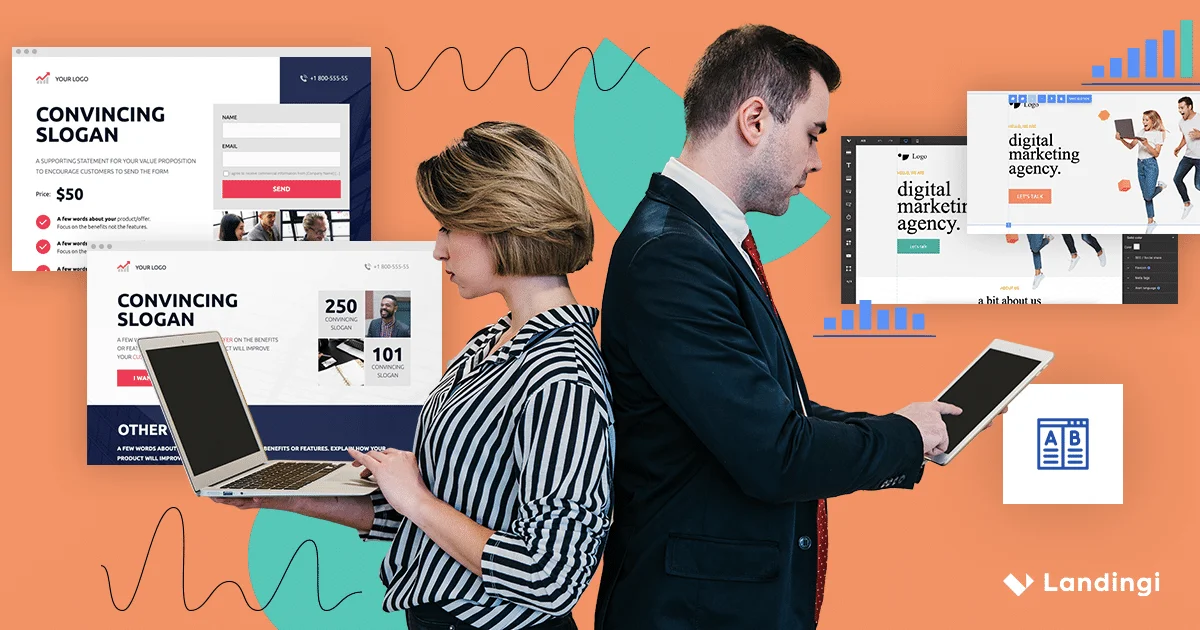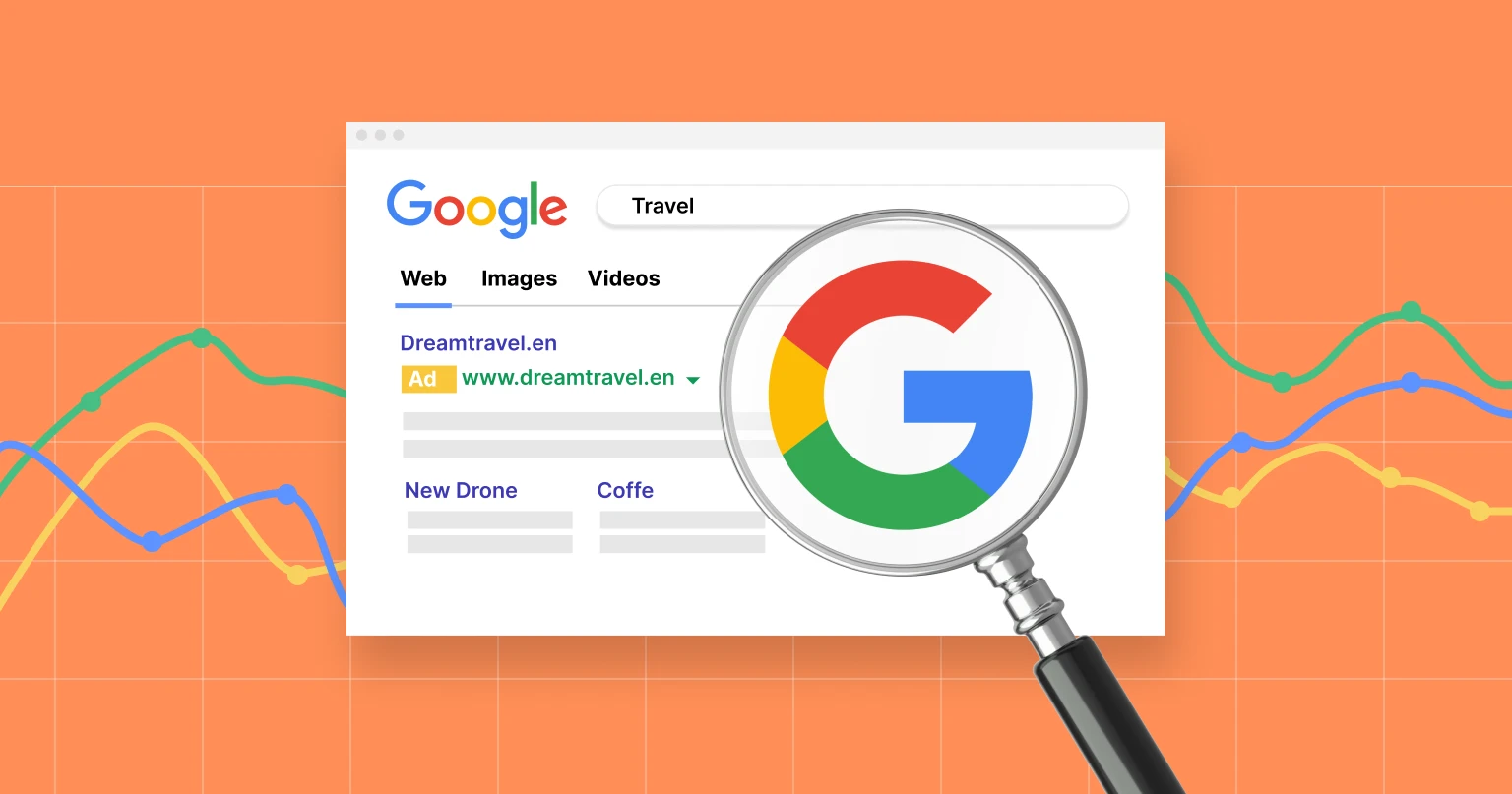Once upon a time, there was an unsuccessful peddler. His lack of success came from him never leaving his house. He would just sit on his front step and shout: “Best offers! Another great discount! Check it out!”. As you may probably know by now, he didn’t sell a thing, ever. Is there any lesson in this story? Of course there is… don’t do that.
It’s not like I’m giving you some revolutionary advice, here. Everybody knows that you have to go out and tell people about your products or services to sell something… unless you’ve got an internet connection. What you need now are called leads. Learn how to generate them and use this knowledge in upcoming marketing campaigns!
Table of Contents:
Make your sections smartable and let go of mundane manual tasks with Smart Sections! An easy way to manage bulk changes.
How to generate high-quality leads
Unlike the peddler from the story at the beginning, you actually can sit at home and sell anyway. The internet provides tons of possibilities, but there are just a few you should use at this time. If you want to get the best leads, you need to choose the right sources, prepare an offer (leads aren’t for free!) and engage!
Here’s a handful of sales lead generation tips:
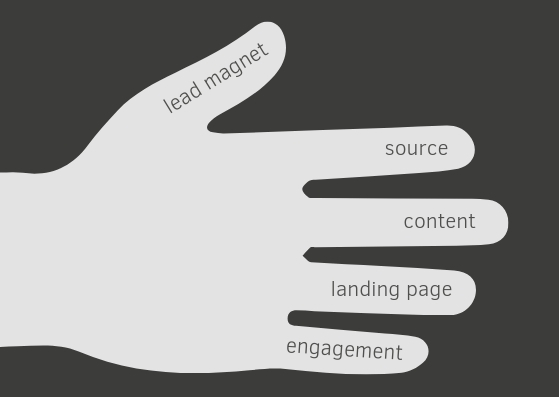
Thumb – how to generate leads
Without a thumb, we wouldn’t be where we are as the human race. In lead generation that would be your lead magnets you share, for example, on your WordPress landing pages. Think about what would encourage people to give you their information (such as e-mail address, a name or city of residence). Stick to the rule “give one, get one.” Treat your contacts as you would like to be treated.
Lead generation ideas – your offer should be something valuable: a free trial of your service with access to every feature… a fully professional guide to a major problem in an industry, or a bunch of articles written by serious professionals, with an invitation by you to cooperate. They’ll get a free publication, and you’ll have more diverse and quality content in your e-book. Also, prepare a teaser or how-to in the form of a video, if you have the possibility and the gear.
Other lead magnets worth considering:
- checklists – a helpful list of crucial points of a specific case
- training video series – how-to in short, informative video
- interviews with an expert – two things will boost your lead: a well-known person and all the information that can be found inside
- white papers – problem presentation and its solution in one, in-depth report
- swipe files – ready to use headlines, CTAs or e-mails
- examples – who never searched for an example in the web? Use your experience and create examples to prove your knowledge
- printables – a cooking recipe, to-do list or a weekly plan
- gated content – things are getting risky, here. Gated content means that you actually forbid access to a significant part of your blog post – to read more, a visitor has to fill in an opt-in form
- bonus tips & tricks – e.g. “How to write converting headlines?” or “7 steps to get better quality leads”. Give your readers a valuable content they would refer to in the future.
Index finger – sources
Point to where you will look for leads! Analyzing and choosing proper sources is another crucial stage in lead generation marketing. At this stage, you should also determine the target audience and match it with sources. Where to get your leads?
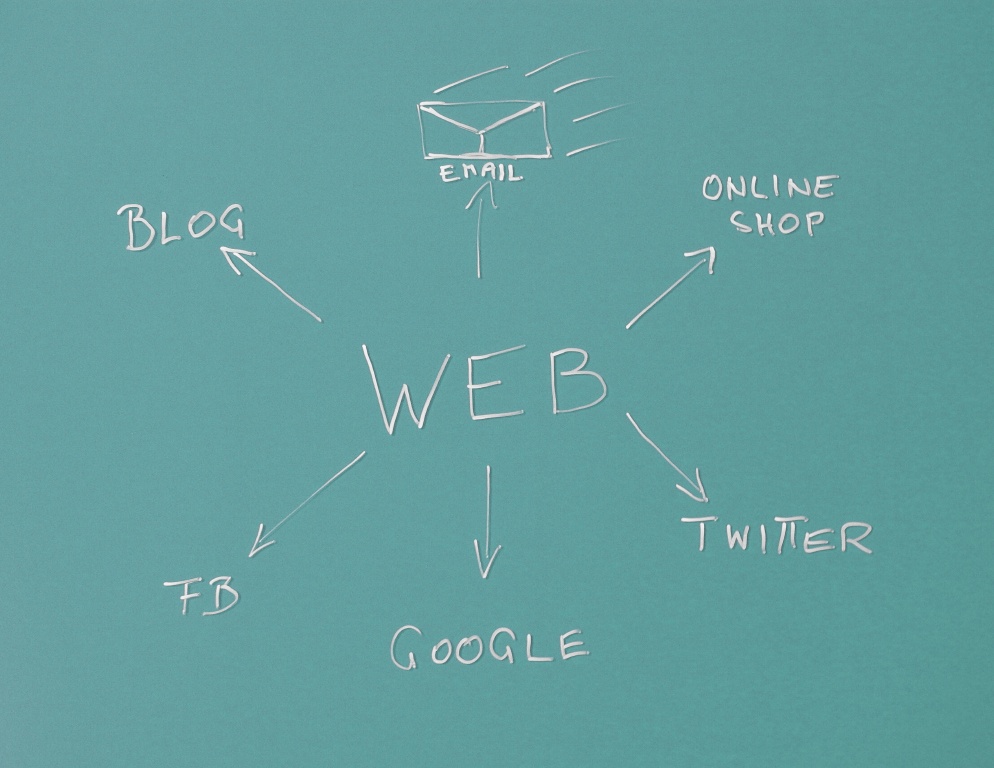
- Social Media – not all of them, of course. If your audience is teenagers, you won’t look for them on LinkedIn, but on Snapchat or Instagram. It’s much better to focus on three social media channels than to publish on all the most popular ones. Quality, not quantity! It goes either way: if your company sells construction equipment, you won’t look for your target on Pinterest – you’ll need a more professional medium.
- E-mail marketing – use software like MailChimp or Freshmail to make your e-mail look good and reach those who are interested in your offer. Send thousands of e-mails and turn them into sales, but do it with your head on your shoulders. But before you start, build up a list with some potential contacts. Use e-mail to start a conversation and then maintain it.
- Forums – while they may seem a bit outdated, there are still thousands of users (especially on specialistic forums), so it’s better not to underestimate this platform. Use your expert knowledge to actually help people out there and generate leads that way. Avoid creating fake accounts and advertising at all costs!
- Search Marketing – a well-optimized website and its contents can get you many potential customers. People who find your webpage via an organic search are more likely to stay there. Use it to your advantage! SEO will help your website get to the top of search results, and that will significantly boost traffic. Organic search is worth much more than a paid one, but it’s harder to achieve big numbers here. Also, keep in mind that reaching #1 in Google is much harder nowadays, than it was, let’s say, 5 years ago. It’s strongly determined by keywords that you use on your website. The more specific they are, the easier it gets to achieve position no. 1, but you’ll have less traffic from it. Here’s an example: keyword best laptops would be extremely (if not impossible) to the position. But if you manage to do that, you’ll probably get hundreds of thousands of visitors on your website. A Dell XPS laptops 13” on sale, on the other hand, would be much easier to get to the top.
- Blogging – write about what you sell and do it well. Leads are not going to appear out of nowhere, but they can be attracted by professional, serious writing. Keep in mind that creating and implementing a content marketing strategy can be a lengthy process. Don’t be intimidated, sometimes it takes time to see results, but great content pays off! Blog regularly, your visitors are more likely to stay and read on if they see that your articles are recently published. They can’t expect any quality content from you if there are long gaps between entries.
- Events – taking part in industry events and co-organizing them creates another great lead source. That way, you can get in touch with many customers face to face, which is still the best way to establish a strong, lasting relationship. Offer to speak voluntarily on such events to get people attention and direct contact with those who are familiar with your brand, while letting others learn about your company. Remember to carry a business card to network and create opportunities.
[UPDATE 09/19]
- Pay Per Click marketing – unless you run a company with a nibbled fruit logo or your business slogan says that thing just has to be done, you should think about optimizing your campaign for search engines. The struggle is real and the competition is high – that is why you should consider using PPC platforms, e.g., like Google Ads or Microsoft Ads in your marketing campaigns optimization. What is a Pay Per Click marketing for? Primarily, to run your advertising campaigns, target them to specified audience and get instant results. What’s more, according to PPC you can measure anything connected with your campaign: clicks, visits, views and costs. Paid ads are easy to create and to implement. You decide how long they’ll last and when they should be switched off when the product promotion is not needed anymore. PPC might work in favor of your brand recognition. If you set keywords related to your business or a product once, people searching for those keywords will continuously come across your ads. Speaking of which, right keywords is a key to your campaigns success. The most important thing according to Pay Per Click campaigns is to set them. You may choose as many keywords as you want but it’s crucial to examine their effectiveness. It helps optimizing your marketing campaign.
Middle finger – your content
It’s in the middle of everything you do – your content. What information can be found on your website? What do write about on your blog? How do you present your offer? All this – and much more – is in the content.

Spread your content across the web and make it the best! Create user-friendly, easy to read posts. Produce short, informative videos and choose where to publish them. As you observe your competitors, you may have a feeling, that every company is creating tons of diversified content. Of course, you don’t have to write as much as everyone, better focus on the most important kinds of content:
- blog posts – remember to post regularly and to write valuable, informative articles. Your blog visitors should feel like finding a real source of information, not yet another advertising column
- social media posts – shorter than blog posts, but not less important. Take your time to prepare posts that engage your company’s fans and let them feel there’s a human at the other side of the screen. Also, post constantly and choose the best social media for your kind of business.
- videos – the most expensive and time-consuming type of content, but also the most satisfying one – it’s always better to show than to tell. Publish your video on YouTube, Vimeo and on Facebook to reach as many people as possible.
- podcasts – interesting, though less popular form of content marketing. Remember radio broadcasts focused on specific topics? There you go. They may seem a bit easier than videos, but it’s only an impression – creating high-quality podcasts requires a lot of effort, time and good ideas.
- guest blogging – as I’ve mentioned at the beginning of this article, buying leads isn’t a good idea. The same goes with links – it’s much better to earn than to buy them. You can do this by writing guests posts for other blogs – in exchange for your text, they will link to your website.
- news for your website – quick and clean information about your company, events, offers and so on.
Ring finger – a landing page
Although it doesn’t do much, it’s crucial. Your landing page. Usually, it has only one purpose. But this is exactly where the magic happens! Build a strong, converting landing page to direct your leads to the product! Use everything you’ve prepared before: a lead magnet, knowledge about your target and content.
Choose from more than 400 landing page templates on the Landingi platform or create a landing page from scratch. It can be a click-through to your offer, a lead gatherer, your company presentation or newsletter sign up page. You assign the role, and you get the results.
Don’t be afraid to use landing pages on a regular basis. Inform about special offers, discounts, and changes in a modern, user-friendly way.
- pay attention to design and UX – remember that, after all, there’s always a customer at the end of the line. No matter how many formal conditions you’d meet with your landing page – if it’s not user-friendly, you will achieve nothing.
- make your landing page informative and convincing – in exactly this order. First of all, your visitors have to know, why they got there, and then you need to convince them to go further.
- add a call to action – not necessarily at the end of your story. Remember that less than 15% users reach the bottom of the website. Your CTA should be visible for far more than 15%.
- take your time to prepare a highly-converting form – if you’re building your website to collect leads (hey, that’s what we’re here for!), this will be one of the most important places on your landing page.
- don’t forget about testing – you should A/B test every landing page you use. Simply put: testing allows you to replace one thing (color of the button, background photo, CTA text) on your website and publish both versions – with old and new element simultaneously. After a while you get results which help you choose the winner.
“Who else is using landing pages in lead generation marketing?”, you may ask. Well, almost everyone! Apple, Samsung, KFC, and Toyota to name just a few. Landing pages are one of the most effective lead generation tools out there – just have a look at Landingi’s landing page builder‘s features.
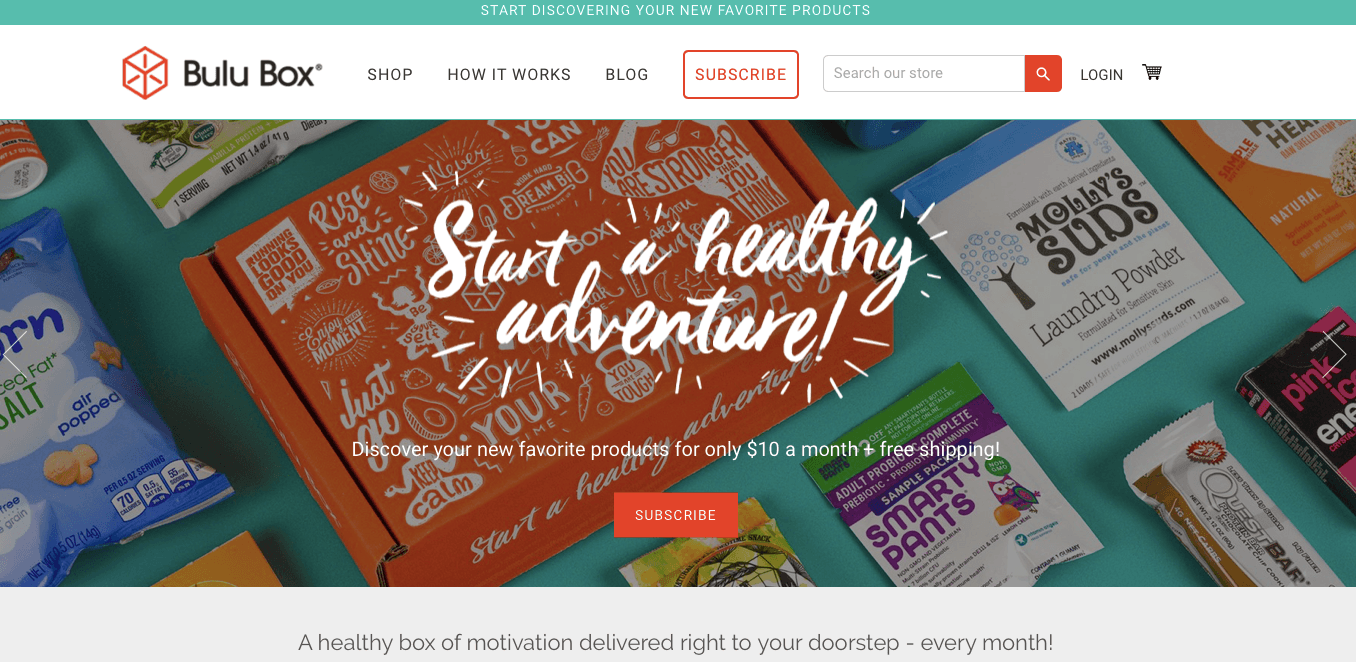
Pinkie – a direct engagement
And last, but definitely not least: a direct engagement. Once you get your leads, don’t rest on the laurels – your job is far from done! Now it’s time for lead generation marketing and to answer all questions that appear on your facebook page, comment under blog posts in your industry, create a live chat where people can ask you anything. Be there for customers, because this is how you form a strong bond between them and your company. This is where CRM starts.
Customer Relationship Management (CRM) is a company’s approach to build a relationship with customers. CRM is about managing and analyzing data a company has gathered about customers behavior. This information serves as a base to plan company activities leading to sales boost.
A marketer’s path
If your goal is to sell more, you can’t stop at the getting leads point. After they’ve become generated, you’ve got to skillfully move them through conversion and convince them to become a customer. Did you know that almost 4 out of 5 leads never convert into sales? Put an end to these crushing statistics by implementing these few techniques:
Lead scoring
Simply put: it’s the process of choosing the best leads you’ve gathered. You should rate them on a specific scale based on what your target audience is. There are some characteristics, such as job, wealth or age, which may have a tremendous impact on a buyer’s decision. There is significantly lower chance that a 16-year old teenager will buy a big screen TV before a 48-year old. In this round, we’ll give a higher score to the older customer.
But there’s more to it. The information we get with our lead is just one side of the coin. On the other side, there is their behavior. How they act on a website or landing page can tell us way more than metrics. Using analytic tools we can check how much time people spend on our landing page and what exactly do they do, while they’re here.
If you’ve never heard about marketing personas, now it’s time to catch up! It’s a marketing technique that will greatly help you in lead scoring. Buyer persona is a fictional character that resembles a real customer with a specific set of features. Describe every persona with their name, age, gender, job, interests and whatever you’ll find important.
Basically, this is how lead scoring works. A higher score means a way better chance to finish the transaction. The gathered information will help us build another target group and send information about our next offer to an even more specific audience. That can significantly raise your sales!
Get 111 Landing Page Examples—The Ultimate Guide for FREE
Lead nurturing
Start with giving something away. Everybody loves freebies, but it should be valuable. Prepare a professional e-book with a bunch of helpful tips & tricks. Take your time to design it well, invite professionals to cooperate. They’ll get a free publication, and you’ll have more diverse content in the e-book. If the lead says “yes,” you are on the right path!
Next step: create a landing page with a newsletter sign-up form. If your lead signs – that’s another “yes”! Then send a newsletter (not more often than once a week). Is it opened? “Yes!”. Did they click the link inside or download a file? Another “yes!”.
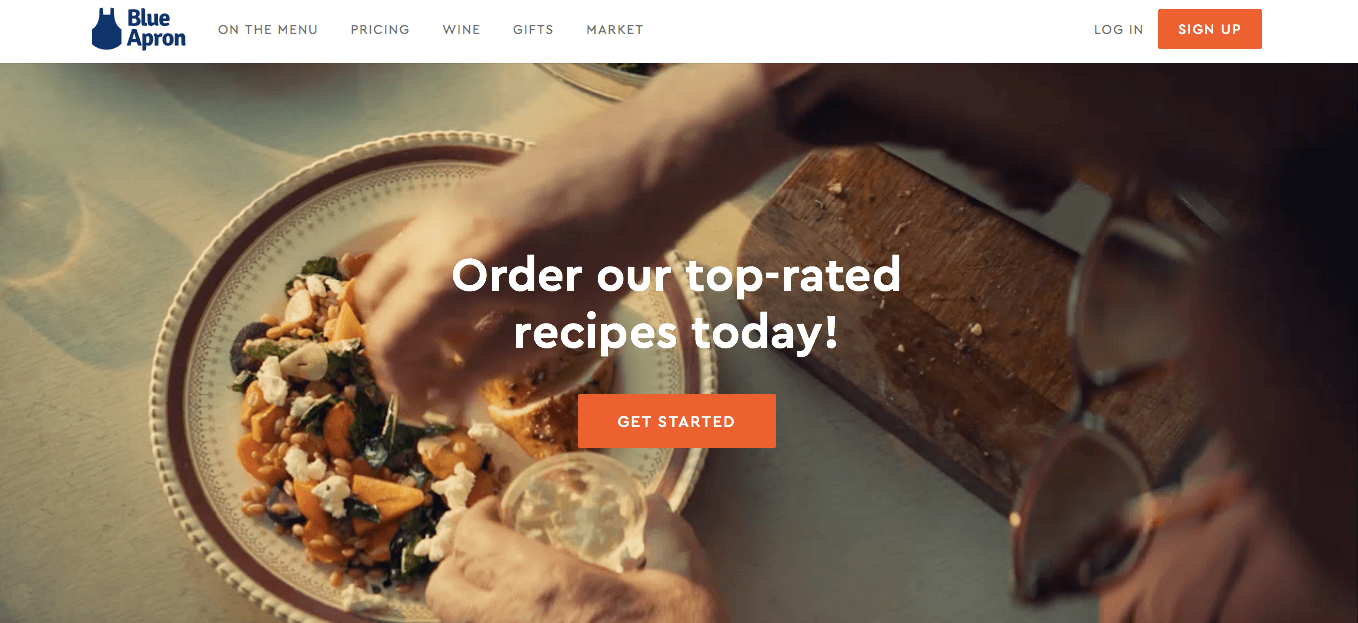
These small steps lead your subscriber to the buyer’s decision. If there were enough “yes”es before, there should be another – the most important one.
Proceed to check-out? Yes!
Remember that lead nurturing can be a long-term process. Establishing a relationship with clients does not happen overnight.
A Buyer’s Journey
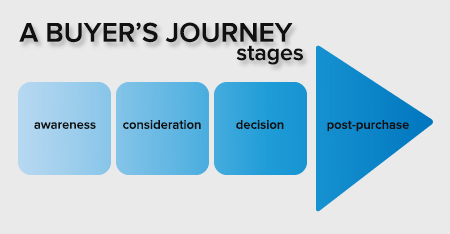
Every buyer is on a journey, and it’s your job as a marketer to recognize which step they’re on. Every stage requires you to take different actions and prepare diversified content. There are three main parts of a buyer’s journey, though they may slightly vary:
Awareness stage
Usually, it’s the first step of a buyer’s journey. At this point, he or she can’t be called a buyer yet. This is where the majority of customers-to-be start. They need concrete information. They’re looking for inspiration and hoping to make discoveries. While they’re seeking, your offer is just one out of hundreds.
Here’s what to do regarding your content:
- prepare educational blog posts
- answer questions in a professional and comprehensive way
- inspire your readers – mark the pain-point which your product or service can resolve
Consideration stage
The second stage is when your leads have shown an interest in what you offer. But how can you tell if they are already at this step? See what they do on your blog! If they are reading advanced guides, expert content and your “About” page, that’s it!
At this level, buyers know exactly what they are looking for, but they need to choose whose services to use. Convince them that you know what to do:
- prepare some industry reports to show that you know precisely what’s going on in the market
- write case studies
- let them see some realizations to show your actual work with other clients
- shoot a video presentation of your product
Decision stage
Your website visitor is now educated, and he or she has considered various options. Now the time has come to check the budget and make up their mind. So they visit your pricing page, read case studies and search for information in the “Contact” tab.
Many marketers consider the decision stage as the final one, but they couldn’t be farther from the truth! After purchase, your customers use your product or service and expect it to work without any problems. If they’re right, they may become your advocates. But if you don’t meet their expectations… We call this a post-purchase stage.
Making your client feel satisfied is up to you – let’s get to it:
- continue your instructional blog posts so your customers can find any information they want
- prepare a loyalty program, encourage clients to rate your products
- send newsletters with special offers and discounts
- be there in case of any trouble – answer all questions, offer high-quality customer support
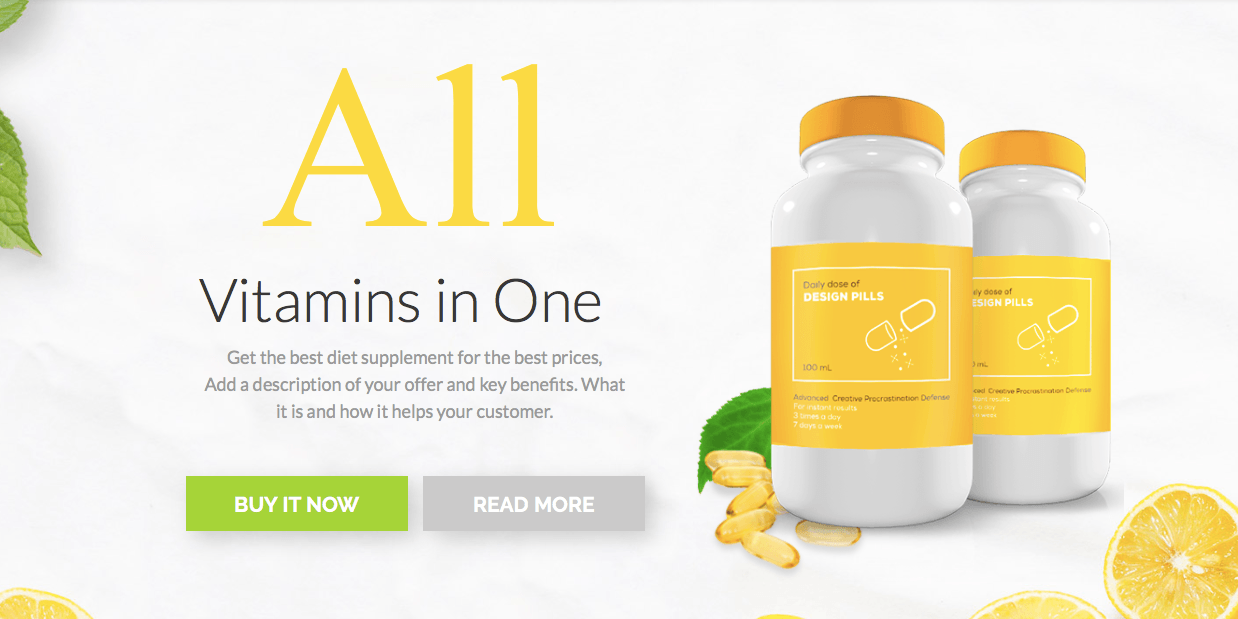
Best practices
Lead generation strategy takes practice and experience. Here are some tricks that will help you go through all stages of it:
- Make your content relevant, high quality and well optimized. Write on a regular basis and deliver different formats to your visitors: blog posts, videos, podcasts, infographics, webinars and more.
- Time is money – establish contact with new leads immediately after they sign up. It is said that subscribers who receive welcome message are 33% more likely to stay with the brand. What is more, 35-50% of leads choose a vendor that responds first!
- Focus on getting leads to build a long-term relationship with clients. Set goals and try to achieve them. Plan your marketing actions ahead!
- Develop buyer personas – associate your leads with specific characteristics and create future campaigns for real people! Learn more about creating marketing personas here!
- Follow the PAS formula:
– P stands for PROBLEM – learn what the challenges and aspirations among your leads are
– A stands for AGITATE – show the scale of the problem and make your subscribers aware of the consequences of not resolving it
– S stands for SOLUTION – provide a solution to a problem and convince leads that it’s the best one out there - Plan your landing page carefully. Remember that it should have one purpose. Spend some time on thinking how it will look, what you want to achieve and what you would want to see on it if you were a customer. Check out the graph below and put your form in a terminal area. It’s the highest converting spot on most landing pages.
- Use landing pages to announce every special offer you’ve prepared, new products or events organized by your company – they are highly converting, easy to use and build. Also, measuring their results is very intuitive and requires no IT knowledge.
- Use the power of Real Time Marketing (RTM) – comment the most important news of the day via humorous graphics or social media posts (Twitter and Facebook seem to be a perfect platform for it). Remember to do it politely, avoid controversy, and… act instantaneously! Keep in mind though, that it’s a risky thing – you never know, how the public opinion will react.
- Ask again. As I’ve said before: place quality over quantity! Remember that while gathering leads, send an e-mail with confirmation link after a newsletter sign up. That may result in fewer subscribers, but they will be more valuable to you. You don’t need people who’ll eventually delete every message from you without reading them. This is why you should ask again before putting someone on your mailing list.
Learn how to improve your landing page effectiveness!
“The best way to predict your future is to create it” – these are the words of Peter Drucker, truthful ones. In order to generate leads successfully, you need to start doing it, and once you’ve started – never stop. Save predictions for a time when you’ve got some serious data. Try to improve with every action you take – and that’s pretty much it. Good luck!
